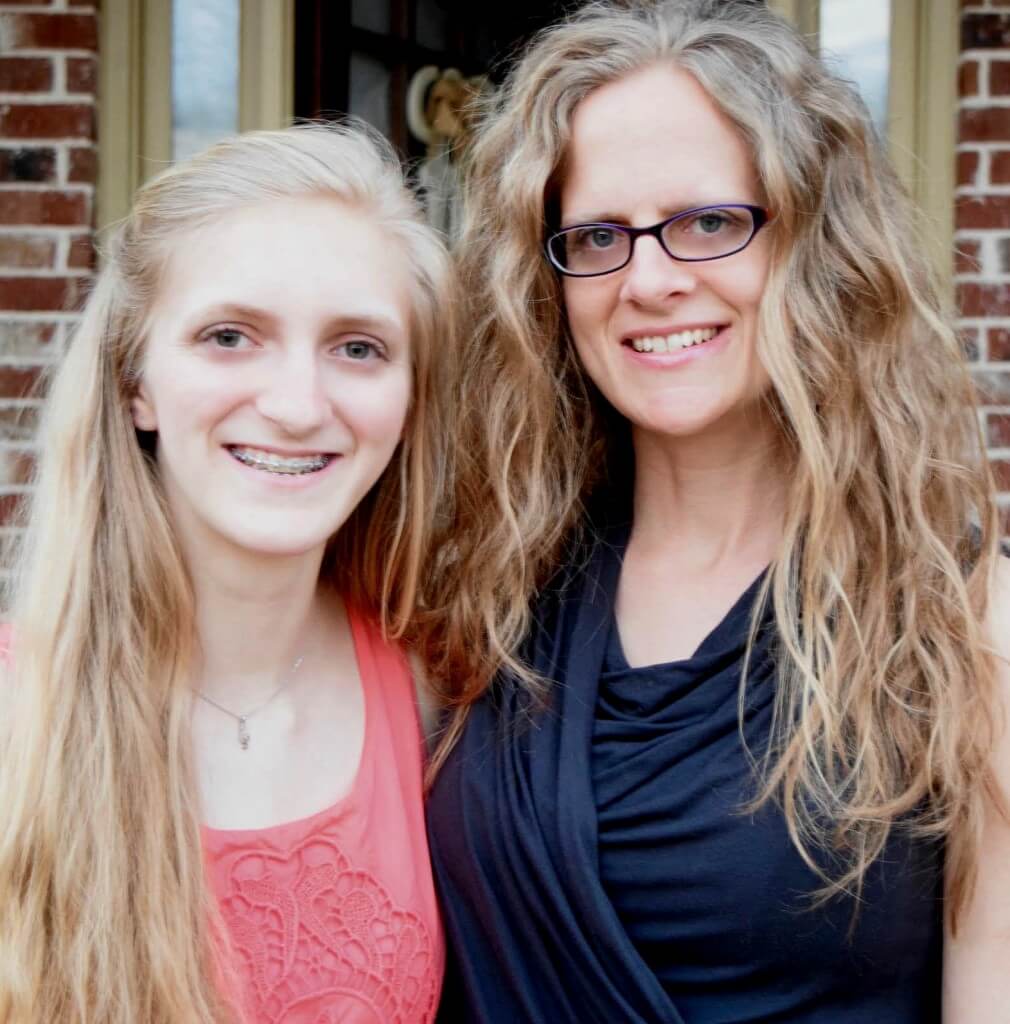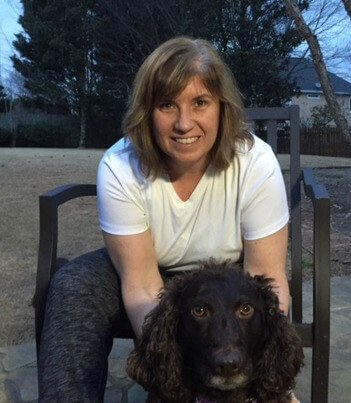Nutrition Q&A: Sugars

Q: Can eating sugar cause cancer or increase my chance of recurrence? A: I get asked this question on a daily basis. Presently there is no scientific evidence that directly links sugar consumption and increased risk of cancer, increased tumor growth or increased risk of recurrence. To say sugar causes cancer would be the same as saying sugar causes diabetes. Both are false statements. The data regarding sugar and cancer risk draw their conclusions on information from preliminary studies done with animals and in test tubes, not on human subjects. Recent research has been looking at an individual’s diet along with sugar intake to see how it may affect cancer risk or survivorship outcomes. There has yet to be any randomized, controlled trials showing that sugar causes cancer. What we do know about sugar it that it has no nutritional value. It provides us with nothing but calories. Increased consumption of calories in the absence of physical activity can lead to weight gain. Excess weight has been linked to increased risk of the following cancers: esophageal, pancreatic, colon/rectal, breast (postmenopausal), endometrial, kidney, thyroid and gallbladder. The American Institute for Cancer Research states the following: “Foods and drinks that are high in refined carbohydrates, added sugar, and fat contribute to obesity, a major risk factor for cancer.” Eating too much refined sugar can also cause chronic low-grade inflammation which has been linked to increased cancer risk as well. When we talk about sugar consumption, we are talking about refined sugar, not sugar found naturally in our food, ie lactose in milk or fructose in fruit, so cutting back on these foods is not warranted. Keeping refined sugar to a minimum is hugely important for overall health. The current recommendations are to keep refined/added sugar to 6 teaspoons per day for females and 9 teaspoons per day for males. Americans currently consume 3 to 4 times that much. When reading the food label of your favorite sugary treat, keep in mind the following equation to help you determine how many grams of sugar you are consuming per serving: Take grams of sugar and divide by 4 and it will give you teaspoons per serving. Say for instance the soda you’re about to drink has 44 grams of sugar. 44 divided by 4 = 11 tsp of sugar, which is 1 tsp shy of a ¼ cup. That’s not to mention any other added/refined sugar that shows up in the rest of your food throughout the day. Spend your sugar budget wisely, and when it comes to processed sugar, less is always better. Simply start by cutting out sugary foods such as pies, cookies, candies and eliminating sugary beverages such as soda, sweet tea, and sports drinks.
Caretaker Perspective: Kaitlyn Kosten

Caretaker Perspective: Kaitlyn Kosten In honor of Mother’s Day, we would like to feature a caretaker perspective, written by the 15 year-old daughter of a patient, Tricia Kosten. Kaitlyn Kosten is a freshman at North Forsyth High School, enjoys the drumline in the marching band and hopes to pursue a career in engineering. We hope you enjoy this amazing piece as much as we have. There is a moment in everyone’s life when the impossible happens. There is a moment in everyone’s life when the option of turning back is no longer available, when the world pauses and suddenly everything is unreal, yet the pain of reality is nearly unbearable. For me, this moment was while I gathered with my sisters and brother to discover the horrific news: my own mom was diagnosed with cancer. When you hear “cancer story,” it might convey bittersweet images of survivors or unlock the gates to countless stories told again and again from those who have been crowned a victor of this wearisome battle. This story, however, is different. It is not told from a survivor, or even written about a survivor, but from the perspective of a young girl who was witness from the sidelines of the battle. It will not center around the heart wrenching tragedies that come as a side effect of cancer. No, this story focuses on what I like to call “caretaker perks.” When a family member is diagnosed, it feels as if the world has stopped. The painful realization that the cancer has only shattered the world of those who know your family is soon dumped on you like a chilly bucket of ice when the grocery cashier greets you like she does every week, and everybody seems to step forward while you step back, again and again. Soon enough, you learn that to feel “normal” once more, you have to immerse yourself in what you love. For me, this took the form of music and running. As odd as the two may sound, they became a sort of therapy for me, and grew to be a constant reminder that, as Beau Taplin said, “She was unstoppable. Not because she did not have failures or doubts, but because she continued on despite them.” If a family member has the misfortune of being diagnosed, the family itself is convinced that they alone are the main support system, and while this may be true, the family needs a support system itself. They need a place to draw their strength from, someone to listen and provide guidance, https://livingwellnessmedicalcenter.com/klonopin-clonazepam/. I relied heavily on friends, as most people in this situation do. Our bonds were strengthened, and I felt a renewed trust and loyalty that was displayed by my closest friends. Such a miserable situation fortified my second family, the family who chose to stay close by my side. Life itself is not a gift, as some like to insist, for we do not get to keep it. It is not rightfully ours, for what have we done to deserve it? No, life is simply a loan, and one day, it will be taken back from us. What we accomplish in the few years allotted is our decision, a decision we must make every day, every hour, every second we awake to this demanding yet hopeful world. This experience showed me that at any second, everything we hold near and dear can be snapped away, before we have time to say goodbye. I must not take for granted the time I am permitted; instead, I must live instead of simply existing. I must learn and watch and grow, so that one day, when it comes time to recall my life, I will know that I have given it everything I have, every talent, every smile, and every laugh. These “caretaker perks” are only a few bonuses among many, simple lessons that, when applied, hold the power to change everything. When someone in a family is diagnosed, the family is on the sidelines cheering them on, but they are fighting their own battle with the same enemy. Cancer affects the whole family, and everyone must fight. In the end, the survivors stand with pride, but their caretakers are never far behind them, for we, too, are victorious.
Patient Perspective: Alana Ramirez

Patient Perspective: Alana Ramirez My cancer journey started in October of 2015 when I heard the words no one wants or expects to hear. After my yearly mammogram, I was called back for a second set of pictures followed by a Core Biopsy confirming DCIS in my right breast. The Radiology Doctor reviewed the pathology report with us explaining DCIS, procedure options for removal and provided a surgeon referral. I was beyond stunned at the diagnosis, but my husband remained strong and supportive saying we will get you better! Over the following weeks we spent time researching/learning about DCIS, interviewing surgeons for options, having an MRI and genetic testing. We prepared to the best of our ability to make the right decisions for my treatment and were thankful for the early detection. The surgery on December 22, 2015 was incredibly successful. I was released from the hospital 48 hours later on Christmas Eve cancer free, truly the best gift I had ever received. At the surgeon post op appointment six days after my surgery, the pathology report confirmed DCIS and no other invasive cancer. Both lymph nodes were clear which meant no need for chemotherapy or radiation. The relief and joy from the positive results cannot be expressed in words. My surgeon felt it was prudent to take two proactive measures for risk mitigation in my treatment plan. First was to schedule a consultant with the Oncologist, and second was to contact TurningPoint for Physical Therapy. He said “Patients love TurningPoint so much they never want to leave.” He was spot on! January 6th, 2016, fifteen days after my surgery I had my first appointment at TurningPoint. In mid-January my Plastic Surgeon was impressed with my ability to use my core and arms with ease. The TurningPoint experience was WOW and continues to be WOW months later. I consider the TurningPoint staff an integral and long term part of my medical team. TurningPoint provides me support and inspiration to take back my active life. Thank you TurningPoint!
Nutrition Q&A: Omega-3’s

Q: Is all the hype about Omega-3’s just another food fad? A: It’s the real deal! Great question. We have been through many food fads over the years, so it’s understandable to think Omega-3’s are just another fad to add to the list of many. I have good news though, unlike other food fads, Omega-3 fatty acids are true to what the health claims state. Omega-3 fatty acids are an essential fatty acid: Essential because the human body does not make it, but it’s required for good health. For the proper amount of Omega-3’s, we must get what we need via our diet. Unfortunately, the typical American diet includes relatively few foods that are rich in Omega-3’s. Omega-3 fatty acids have a number of health benefits. One of the most beneficial characteristics of Omega-3’s is that it curbs inflammation. While inflammation is a normal part of the body’s immune response, research indicates that it also underlies a host of serious illnesses, including cardiovascular diseases, cancers and autoimmune diseases. The three major fatty-acids found in Omega-3’s are alpha-linolenic acid (ALA), eicosapentaenoic acid (EPA) and docosahexaenoic acid (DHA). Most Omega-3 benefits have been found in EPA and DHA. Fatty fish such as salmon, mackerel, halibut, cod, and tuna are the richest sources of DHA and EPA. If you’re not a fish lover, not to worry, some plant based foods are high in ALA. Once consumed, ALA can be converted to DHA and EPA, so eating a variety of Omega-3 rich plant foods can be just as beneficial. The following list contains alternative sources of Omega-3 fatty acids; some may even surprise you. Flax seeds, Chia seeds, flax oil, walnuts, walnut oil, pumpkin seeds, soybean oil, edamame, wild rice, grass fed beef, winter squash (pumpkin, butternut, acorn, and spaghetti) beans (black and kidney) and canola oil. While there isn’t a clear established recommended intake for Omega 3’s, most health organizations suggest getting around 500 mg of DHA and EPA every day to avoid deficiency. Some physicians prescribe a therapeutic dose of 1-4 grams per day depending on diagnosis.










